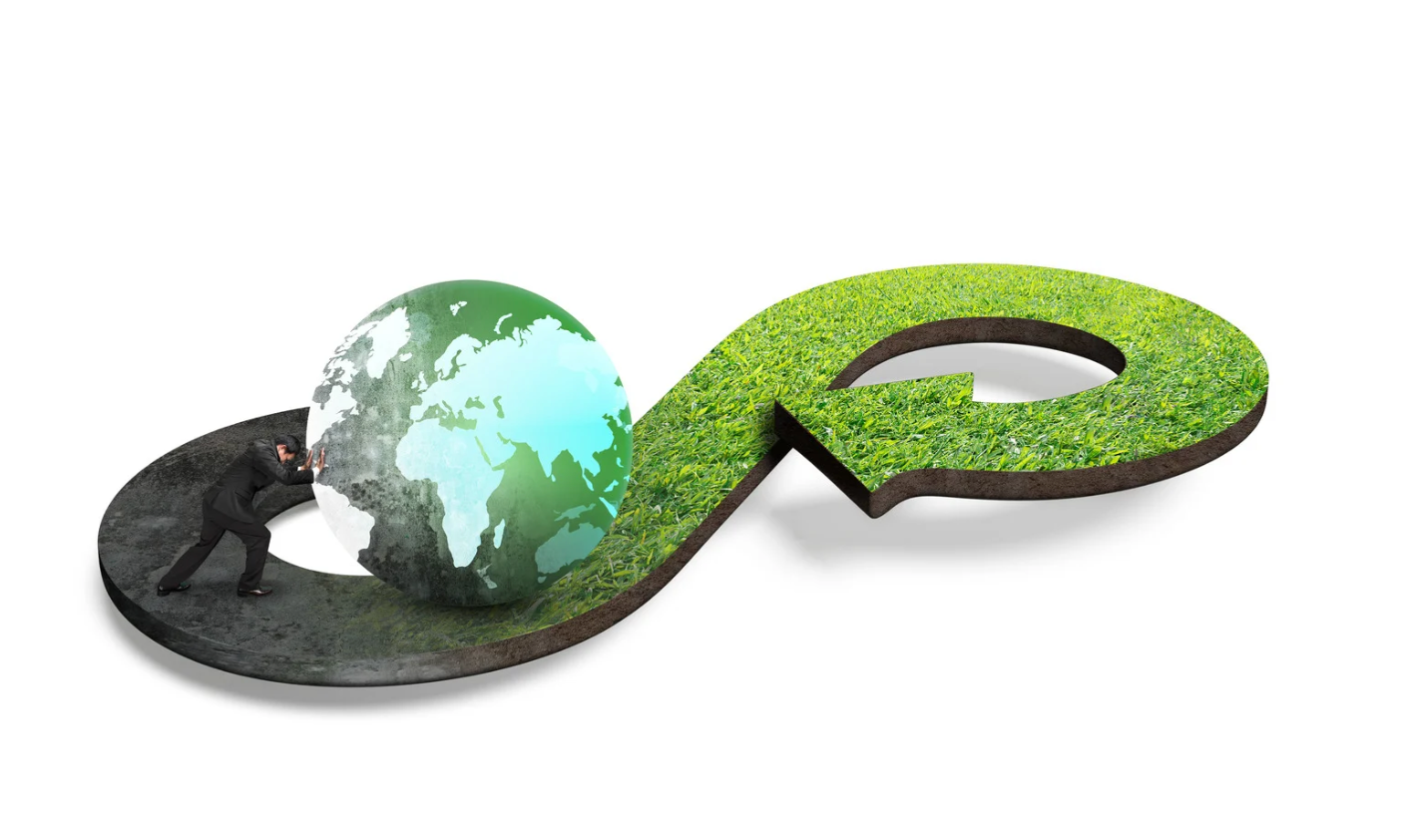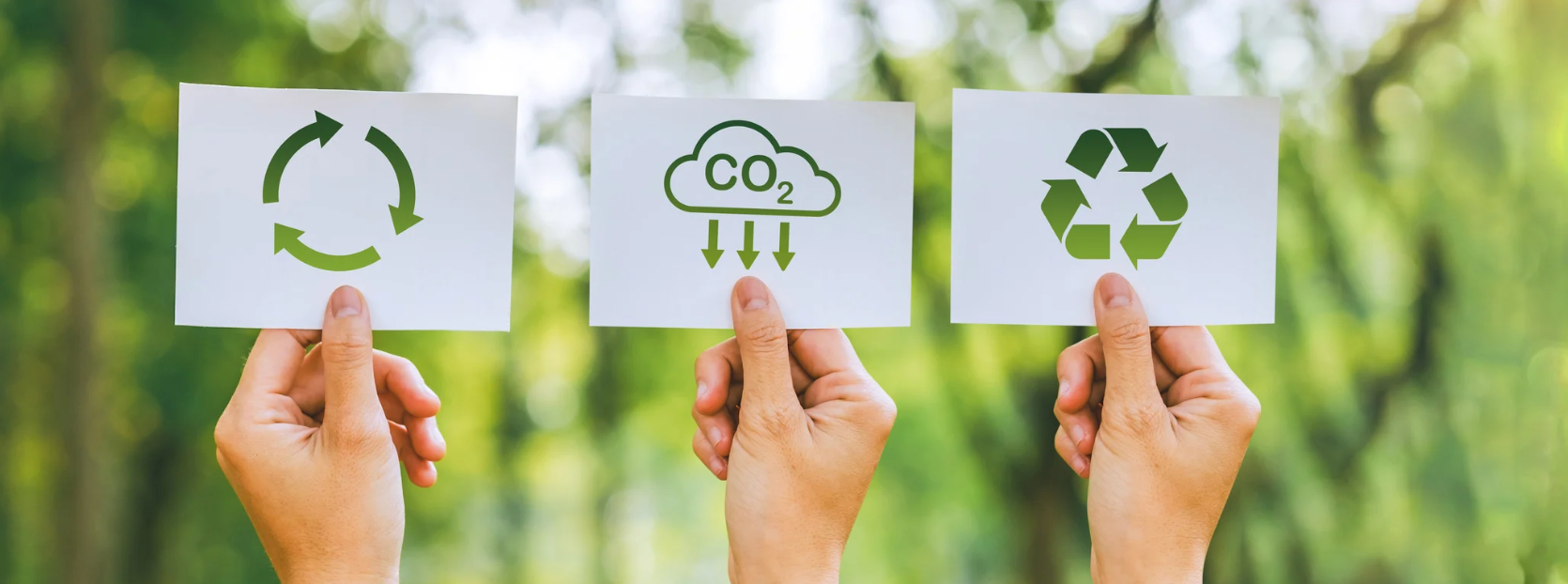What is Circular Economy?

Updated at 2025-10-22
Unlike the linear economy, where resources are extracted, used, and then discarded, the circular economy is based on principles such as reuse, repair, recycling, and resource efficiency.
In a circular economy, products are designed to have a long lifespan and be easy to repair, upgrade, and recycle. Materials must be carefully selected to reduce environmental impact and enable reuse. Businesses can develop models based on the sharing economy, leasing, remanufacturing, and product-as-a-service (where customers pay for usage rather than ownership).
Transitioning to a circular economy helps reduce dependence on newly extracted resources, cut waste, and lower greenhouse gas emissions. At the same time, businesses can find new opportunities and build stronger supply chains by maximizing the value of existing assets.

The Difference Between Linear and Circular Economy
The linear economy follows a traditional "take, make, dispose" model, where raw materials are extracted, transformed into products, and discarded after use. This system relies on a constant supply of new resources and results in growing waste, pollution, and depletion of natural resources. It also makes businesses and societies vulnerable when raw material prices rise or resources become scarce.
The circular economy, on the other hand, is based on a closed-loop approach, where materials and products retain their economic value for as long as possible. By designing for reuse, repair, and recycling from the outset, businesses can reduce their need for new raw materials and minimize their environmental footprint.
Instead of products quickly becoming waste, they circulate in the economy through sharing services, rental models, and remanufacturing. This creates a more sustainable and resource-efficient system that benefits both the environment and business competitiveness.
.png)
Why is the Circular Economy Needed?
Our current consumption and production patterns are unsustainable, making a transition essential. We are using natural resources at a faster rate than they can regenerate, leading to:
- High greenhouse gas emissions
- Loss of biodiversity
- Resource scarcity and environmental degradation
- Growing waste and pollution
In the linear economy, vast amounts of resources are wasted as products and materials are often discarded after a short lifespan. This accelerates climate change, ecosystem destruction, and social issues linked to resource extraction. It also exposes businesses and societies to risks such as price increases and shortages of critical raw materials.
.png)
By shifting to a circular model, we can reduce climate impact, preserve ecosystems, and create a more sustainable economy. A more efficient use of raw materials can also strengthen business competitiveness and reduce dependence on uncertain supply chains.
The EU Taxonomy for Sustainable Investments highlights the importance of circular business models in achieving climate and environmental goals. These targets include cutting greenhouse gas emissions by at least 55% by 2030, increasing resource efficiency, and transitioning to a climate-neutral economy by 2050.

How Can We Achieve a Circular Economy?
- Sustainable product design: Creating products that are easier to repair, reuse, and recycle.
- Resource-efficient production: Using recycled and bio-based materials while minimizing waste.
- Circular business models: Encouraging leasing, sharing services, and repair initiatives.
- Sustainable consumption: Helping consumers choose sustainable options, such as second-hand and leasing.
- Efficient recycling: Improving waste streams and increasing material recovery.
.png)
Challenges
Despite its many advantages, transitioning to a large-scale circular economy presents several challenges:
- Economic barriers: Buying new products is often cheaper than repairing existing ones, reducing incentives for circular alternatives.
- Lack of standardization: Difficulty in tracking different materials and chemicals in products, making recycling more complex.
- Consumer behavior: The "throwaway culture" still dominates among many consumers.
- Infrastructure and logistics: Insufficient systems for recycling and reuse.
A Necessary Transition
Shifting to a circular economy is essential. We need to reduce waste to conserve natural resources, mitigate climate impact, and protect ecosystems.
However, this transition requires structural changes in the economy, politics, and consumption habits. By investing in circular business models and sustainable design, we can pave the way for a future where resources are preserved and used efficiently and responsibly.
Contact GoClimate for advice on how your business can take steps toward a circular economy!
Related content
Here you can find articles and pages relevant to this subject.